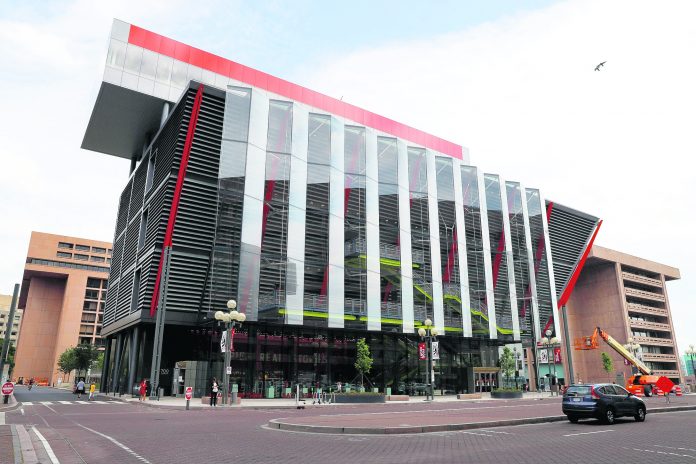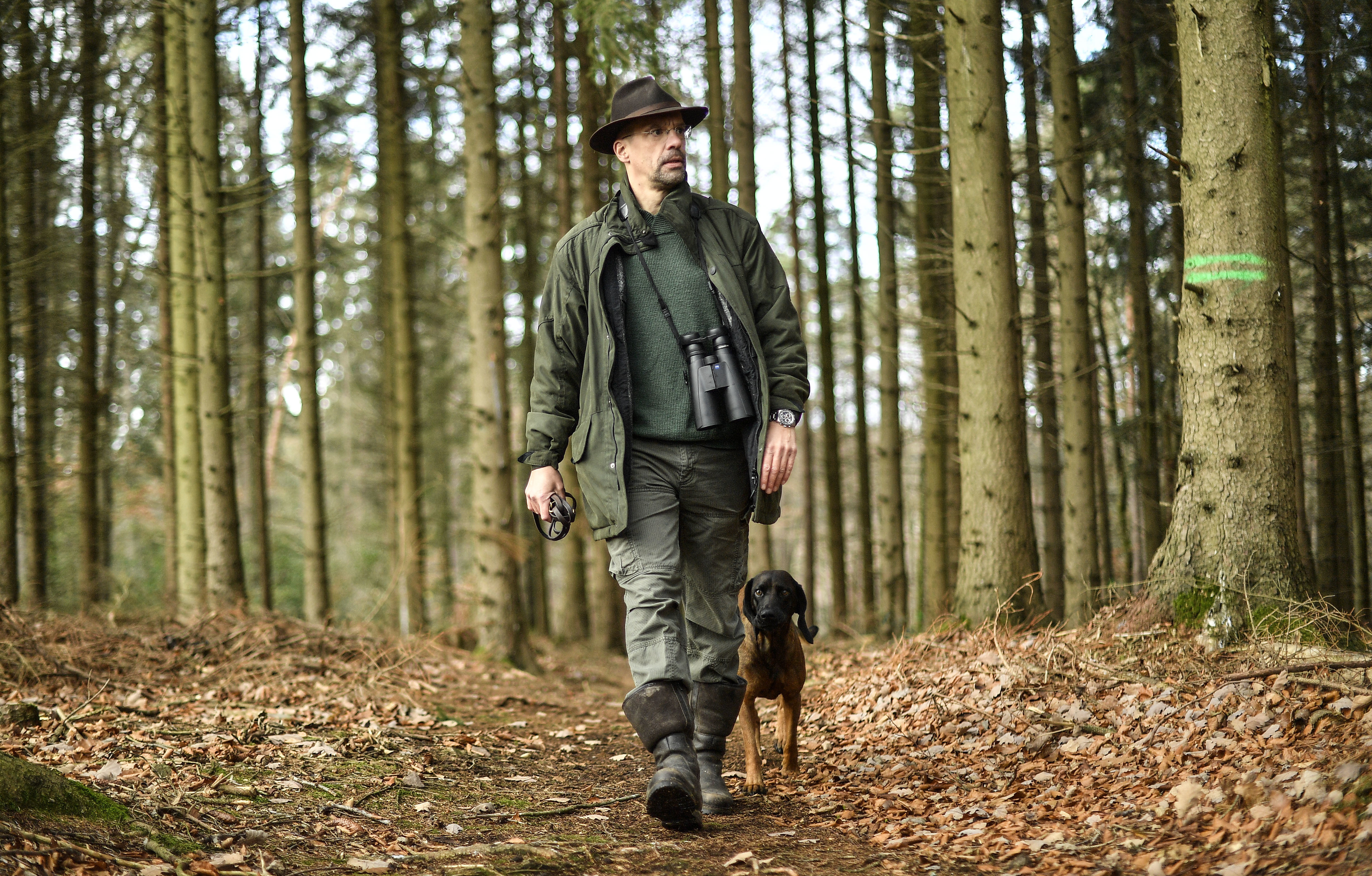
James Bond’s shiny silver sports car — with its JB007 rotating license plate — is the first thing visitors see when they step into the new and improved International Spy Museum that opens Sunday in Washington. After that, it’s as if the history of Hollywood’s famous private eye vanishes in invisible ink, while the stories of real-life spies and modern-day espionage take center stage.
The old, cramped museum focused on human collection of intelligence. The new one also offers a window into covert operations, counterterrorism, intelligence analysis, cyber espionage, intelligence failures and even highly debated legal and ethical issues, such as waterboarding.
“We’re not playing it safe as a museum,” Vince Houghton, the museum’s curator and historian, said during a sneak-peak tour of the $162 million, nonprofit museum. “We don’t get money from the government. We need to maintain our independence because there are a lot of stories we need to tell.”
Real intelligence officers tend to be tight-lipped, but at the museum, visitors can watch videos starring current or former intelligence officers talking about their jobs.
The top psychologist at the CIA talks about how trust and fear affect relationships between intelligence assets and their handlers. A former deputy CIA director discusses how spooks assessed the intelligence that led to the raid of a compound where al-Qaida leader Osama bin Laden was killed in 2011 in Pakistan. Real female spies dispel the myth that women rely on sex appeal to gather intelligence.
There’s an exhibit featuring Morten Storm, a Danish man turned Islamic radical. He later became disenchanted with Islam and went to work for Danish intelligence as a double agent, providing information about wanted terror suspects. His life in the shadows became public in 2012.
“We went to the undisclosed location where he’s hiding from al-Qaida and recorded him actually telling his own story surrounded by artifacts from his own life,” Houghton said.
There are stories of deception and tragedy, intelligence coups and surprises, too.
Everybody knows that 007 was “Bond. James Bond.” Fewer people know that America’s first spymaster was President George Washington, a.k.a. Agent 711.
Both sides spied during the Revolutionary War during the 1770s, but at the end, the head of British intelligence operations Maj. George Beckwith stated: “Washington did not beat us militarily, he simply outspied us.”
Washington helped coordinate intelligence operations during the war and the museum has a letter he wrote creating the first U.S. intelligence agency.
“It’s the Magna Carta for American intelligence,” Houghton said of his favorite artifact. “It’s the founding document and we have it. It’s as cool as it gets.”
The old museum, which closed in 2018, had about 3,000 artifacts and could display about 600 of them at a time. The new spy museum has 10,000 artifacts, including more than 5,000 items donated by H. Keith Melton, a Florida businessman who spent years crisscrossing the globe to find and buy them. The roughly 1,000 spycraft artifacts that can be seen when the new museum opens include:
The ice-climbing ax used in the bloody assassination of Russian revolutionary Leon Trotsky. A chunk of Gary Powers’ U2 spy plane shot down over the Soviet Union in 1960. The handcuffs used to arrest John Anthony Walker Jr., a former Navy chief warrant officer convicted of spying for the Soviet Union from 1968 to 1985. A large piece of a tunnel that penetrated East Germany so that the U.S. and allies could tap Soviet and East German communications. Code-breaking equipment. Hidden cameras. A pregnant woman disguise. The Amber drone, a remotely piloted surveillance aircraft designed by an Israeli that is a forerunner to today’s Predator, which executes airstrikes in Afghanistan and other hotspots around the globe.
Not everything is real. Upon entry, visitors can opt to get a cover identity and mission along with a badge with radio-frequency technology that will recognize them as they walk up to interactive exhibits throughout the museum. Their spy skills are tested throughout the tour and at the end they can find out if they’re better suited to be an intelligence officer in the field, for example, or an analyst at CIA headquarters.
Visitors can create a disguise or climb inside a replica of a “stress position” interrogation box that’s too narrow to sit down in and too low to stand up in. They can walk into an exhibit that recreates life under the secret police in East Germany before the collapse of the Berlin Wall in 1989. Without warning, a stern-looking Stasi police officer and police dog — actually a video behind glass — appear to be approaching to ask for papers.
“If you were interrogated harshly by the Stasi, chances are you would sweat,” perhaps on the cushion of the chair while being questioned, Houghton said. “They’d cut out a piece of the cushion and they’d have your scent. They put it in a scent jar and if they needed to track you down, the dogs would be able to go and find you.”q



















